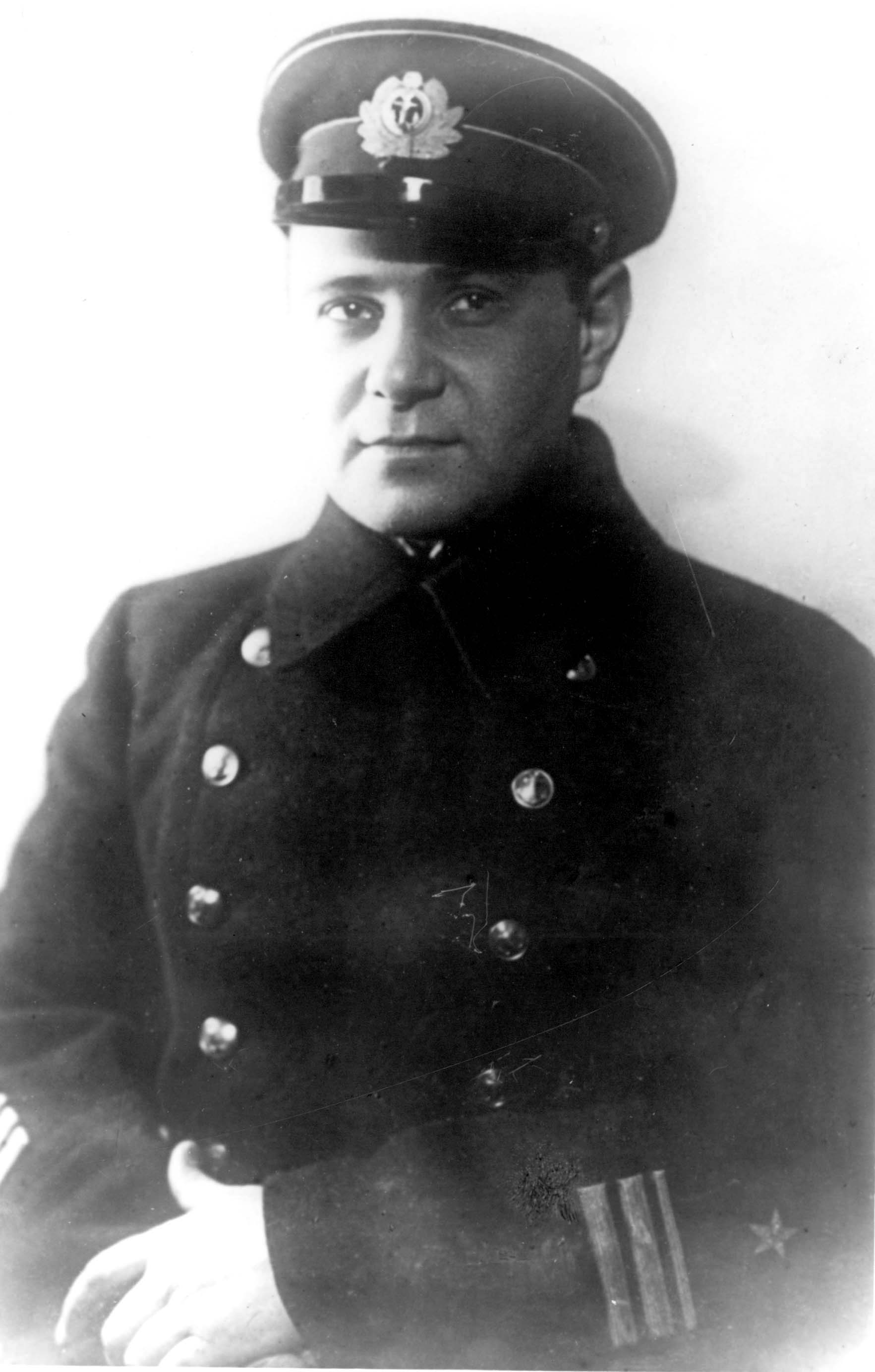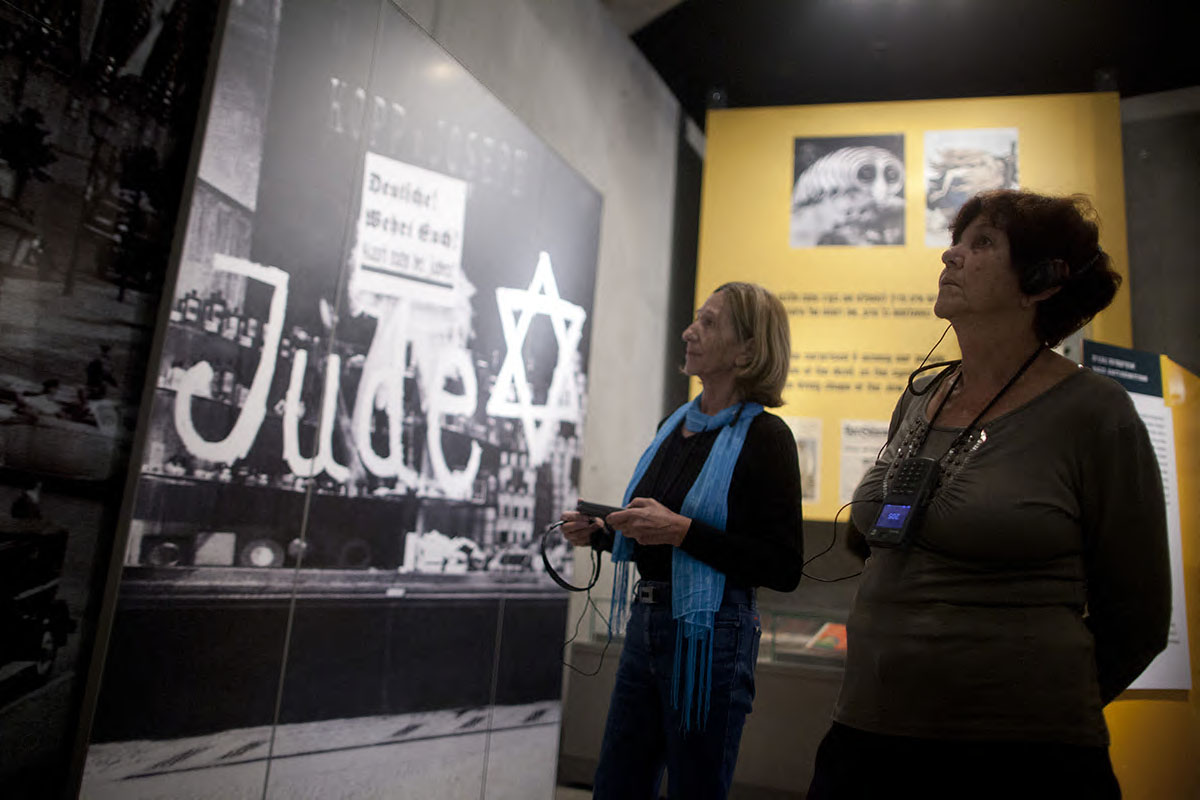Tsezar Kunikov was born in 1909 in Rostov-on-Don. His father was an machine-construction engineer.
In late 1925 the whole Kunikov family moved to Moscow, where Tsezar worked as a mechanic and then as a lathe-operator at various city enterprises. In 1928 he entered the M. V. Frunze Higher Naval School in Leningrad. However, he left from the school due to illness and began serving his military service in the Red Army. After he returned to Moscow, he graduated from a machine-building institute and began to work as an engineer at a Moscow factory. In March 1938 Kunikov became the main technologist of the factory after which he occupied several important positions in various ministries connected with machine-building.
From the outbreak of the war between the USSR and Nazi Germany on June 22, 1941, Kunikov volunteered to join the Red Army, where he began to serve as a commissar (i.e. a political instructor). In September 1941 he was transferred to the navy, where he was appointed commander of a detachment of gunboats of the Azov Flotilla and then commander of a separate battalion of marines of the Black Sea Fleet. For his military capabilities and bravery he was awarded the Orders of Alexander Nevsky and the Red Banner.
On the night between February 3 and 4, 1943, in order to divert enemy forces 275, naval volunteers under the command of Major Kunikov disembarked onto the highly fortified coast in the area of Novorossiisk and dug in on this bridgehead. This was the first time in the history of the Red Army when a night landing was undertaken under winter conditions. During the following days the marines had to repulse 18 enemy attacks. In this extremely difficult situation, with a serious lack of ammunition, Kunikov’s unit launched a sudden attack on an enemy artillery battery. Capturing the enemy’s weapons, the unit opened fire on the enemy troops.
As a result of an unsuccessful landing of the main forces of the Red Army the bridgehead captured by Kunikov’s unit became a major battleground instead of the diversionary tactic it was originally intended to serve. For seven days his marines, repulsed the enemy in anticipation of the arrival of the main Soviet force. Later the small area that they were defending was called “The Small Land.” During the night between February 12 and 13, 1943 Tsezar Kunikov was serious wounded by a mine and evacuated to Gelendzhik. He died in hospital two days later.
On April 17, for his role on that bridgehead, Tsezar Kunikov was posthumously awarded the title of Hero of the Soviet Union. In the award list he was indicated as a Russian. However in the article by Evgenii Yung "The Hero of the Soviet Union Ts. L. Kunikov" that was published in newspaper of Jewish Anti-Fascist CommitteeEynikayt on May 27, 1943, Kunikov was called "A Son of the Jewish people."
Memoir of Nikolai Starshinov about Tsezar Kunikov
Nikolai Starshinov, who himself later became a Hero of the Soviet Union, and was assistant commander for political matters of a special unit of marines, recalls his first meeting with Kunikov just before the operation in Novorossiisk in the spring of 1943:
"there was nothing military in his appearance, although immediately after I heard his name, I began to look him over with shameless, childish curiosity. What did I realize? Probably, that often the deeds of a hero do not coincide with his external appearance. If you judge from the point of view of a photograph, Kunikov's portrait was not complicated: there was not a single martial feature, everything was soft. I admit that I began to feel disappointed. First impressions tend to dominate and in most cases they recall a distorted mirror. Considerable time tends to pass before that mistaken impression ceased to dominate me since Kunikov turned out to be a person who did not reveal himself immediately to those around him. This did not at all mean that he was secretive or unsociable. On the contrary, I have rarely met a more sociable, companionable, or soulful person and his fighters particularly adored him for this. Every day he simply revealed to us a new detail for what, one might call, a psychological portrait of our new commander."
From: GARF 8114-1-264, copy YVA JM/26177.







